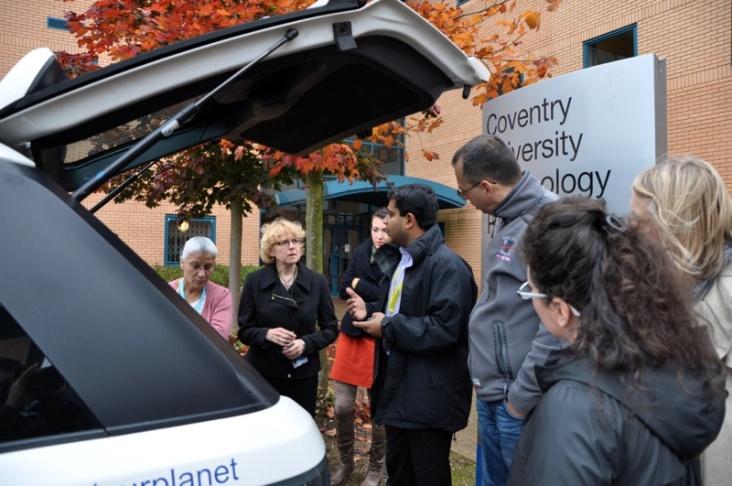Developing a design support service for SMEs in Living Lab context Juho Salminen, Satu Rinkinen and Rakhshanda Khan a a
Lappeenranta University of Technology, Lahti School of Innovation
Abstract Design is emerging as one of the major themes of modern business development. However, most organizations—especially SMEs—view incorporating design as problematic. One of the international initiatives addressing this issue is the REDI project. This paper presents the service development process as a case study and contributes to the discussions on service development projects realized in the Living Lab context and enhancing the use of design among SMEs. The development project had two basic assumptions as a starting point: (1) using design is beneficial for SMEs’ business and (2) business advisors are the best channel for reaching these SMEs. The basics of service design process and several tools such as the service design blueprint, the business model canvas and problem interviews were utilised to develop a service concept and to test it among target SMEs. The main finding of the case study is that, at least in the Lahti region, it is difficult to find SMEs that need design and are not yet served by the current regional or national service offerings. For this reason, the developing process of a new service failed, since no suitable value propositions and/or customer channels could be identified. Keywords Living Lab, service design, SME 1 Introduction Design is emerging as one of the major themes of modern business development. However, most organizations—especially Small and Medium-sized Enterprises (SMEs)—view incorporating design as problematic. There is a need to enhance design awareness among small firms. Research indicates that firms that employ design effectively find that it contributes to their business success (Bruce et al., 1999). Some argue that SMEs that do not use design are limiting their innovation capabilities and competitiveness (Acklin & Hugentobler, 2007). Therefore, it is important to support SMEs to sustain innovation through design; however, how to support them remains a question. In recent years, especially in Europe, Living Labs have tried to offer a partial solution. They have become a popular concept related to open innovation processes and engaging users in product and service
171














